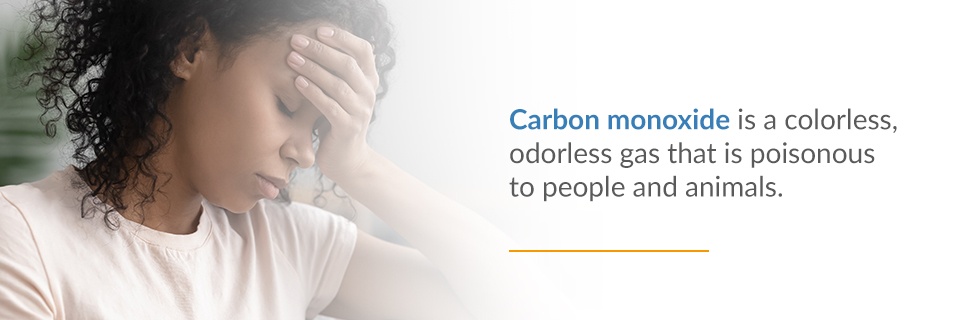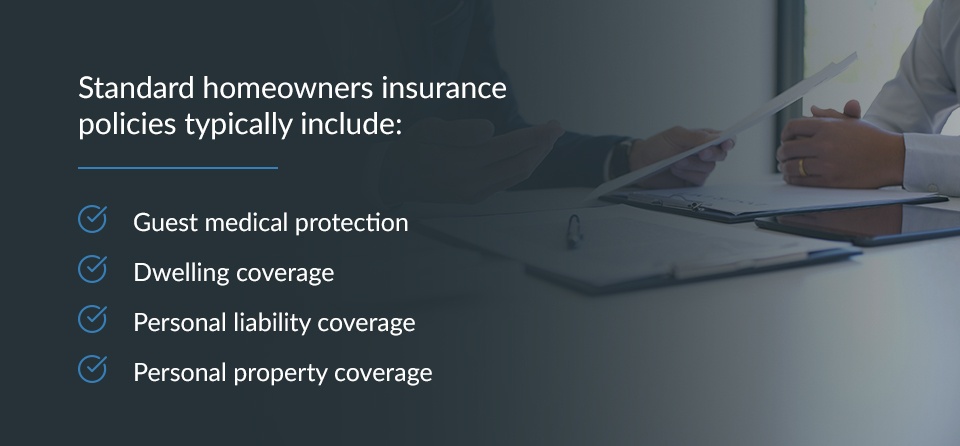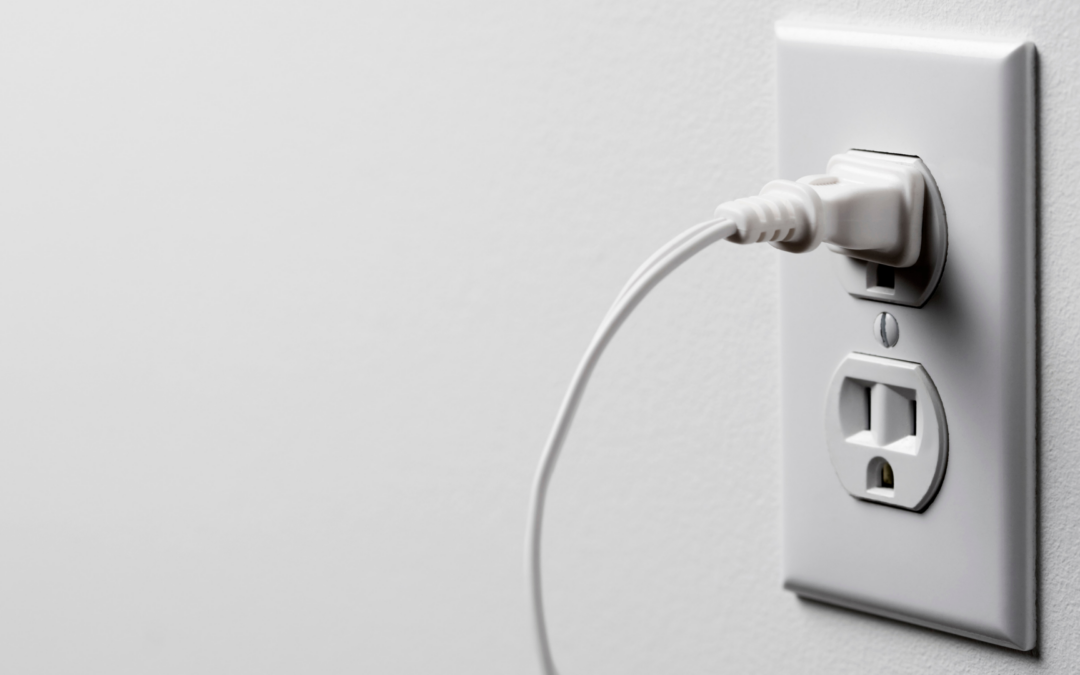For most, home means physical security, warmth and safety. Buying your dream home can be one of the most exciting periods of a person’s life. Unfortunately, in all of our excitement, we may overlook some common household hazards. Many homeowners haven’t taken any steps to avoid hazards in the home, but this is often because they simply don’t know what precautions to take.
From cooking mishaps to accidental falls, you or your family may be injured in several ways in the home. If you are a homeowner or a prospective homebuyer, this guide will help you identify and eliminate potential household hazards.
Home Safety Hazards
Below, we have included some of the most common home safety hazards to be aware of and how to avoid them.
1. Falls
Falls are one of the most common and preventable injuries in American homes. In the home, falls can result in broken bones or head injuries. Common fall hazards in the home include stairs, exposed objects and slippery surfaces in bathrooms. Follow the tips below to avoid fall hazards in the home:
- Make sure staircases have railings and are well lit.
- Use non-slip mats in bathrooms and install grab bars inside and outside showers and bathtubs.
- Keep floors clear by removing clutter, throw rugs and electrical cords from areas where a person could trip over them.
- Install gates if you have young children to keep them out of areas that may be dangerous for them, especially at the bottom and top of staircases.
2. Fire Hazards
Fires are another leading cause of injury in the home. Fire hazards include space heaters, electrical fires and kitchen appliances. Here are some ways you can avoid fire hazards at home:
- Install fire alarms: To avoid fire hazards in your home, install alarms on every level of your home. Check batteries at least once a year.
- Carefully monitor candles: Avoid leaving candles unattended or near cloth, like blankets or drapes.
- Unplug appliances not in use: You may be able to prevent electrical fires in the home by ensuring all your appliances are working and wires are not frayed. When not in use, unplug your small appliances.
- Purchase a fire extinguisher: Purchase at least one fire extinguisher to keep in your home and check it once a year to ensure it’s working.
- Place space heaters away from combustible objects: Keep space heaters away from any combustible objects, such as furniture and curtains. Be sure to turn off a space heater before you leave the room.
3. Carbon Monoxide Poisoning
Carbon monoxide is a colorless, odorless gas that is poisonous to people and animals. Carbon monoxide tends to build up due to faulty furnaces, stoves or chimneys. Low levels of exposure can cause dizziness, headaches, fatigue, nausea and disorientation, while higher levels can lead to impaired vision, vomiting and death. To prevent carbon monoxide poisoning, install a carbon monoxide detector and perform routine home maintenance.

4. Choking and Suffocation
Choking and suffocation hazards, such as loose objects and toys, are especially dangerous for children. Follow these tips to prevent choking and suffocation:
- Properly store items: Properly store items and small, hard foods, such as candy and nuts, to keep them out of a child’s reach.
- Cut up food sufficiently: For small children, cut up food sufficiently to ensure it can’t block their airways. This also applies to soft food like hot dogs, cherry tomatoes and grapes.
- Inspect toys: Inspect children’s toys for loose parts that a child could choke on.
- Monitor playtime: Watch children during playtime and monitor for signs of choking. A baby monitor can be useful for this purpose, even after children are no longer infants.
5. Drownings
Drowning is a risk inside and outside of the home. The most common drowning hazards at home are tubs and swimming pools. These are some ways you can reduce drowning hazards in your home:
- Cover hot tubs.
- Put away buckets.
- Keep toilet lids down.
- Monitor bathing children.
- Keep gated fence around a swimming pool locked
6. Toxins
Several toxins could be present and hazardous in a home. Know how to identify and remedy toxins such as:
- Lead paint: Lead was previously used in household paint for additional sheen. If your home was built before 1979, test for lead paint, and if present, hire a professional who can safely remove it.
- Asbestos: This is a fibrous material that can be found in drywall, insulation and toys. Asbestos is known to cause cancer, and if you find it in your house, contact a professional to remove it.
- Mold: Mold spores grow quickly when moisture is present and can trigger allergic reactions and asthma symptoms. Keep your rooms ventilated and use a dehumidifier if necessary.
How to Significantly Lower the Risk of Safety Hazards at Home
At Gunn-Mowery, we can help you find homeowners insurance for the peace of mind you need. For most homeowners, their home is their most prized and valuable possession, yet 64% of homes are underinsured. Having home insurance is crucial to ensure you have coverage if your home is ever damaged. If you have a mortgage, carrying homeowners insurance may be required, as mortgage companies want to know their financial investment is protected in the event of a fire or other risk.
Standard homeowners insurance policies typically include:
- Guest medical protection: If a visitor in your home is accidentally injured, this coverage may help pay for the guest’s resulting medical bills.
- Dwelling coverage: This coverage can help pay for repairs if your house or any attached structures, such as a garage or deck, are damaged by a covered event or peril.
- Personal liability coverage: If you are found responsible for accidentally injuring someone or damaging someone else’s property, this coverage can help cover the related legal fees, repair costs and medical bills.
- Personal property coverage: This coverage can help pay to replace your personal belongings like electronics and furniture that is damaged or stolen by a covered loss.

